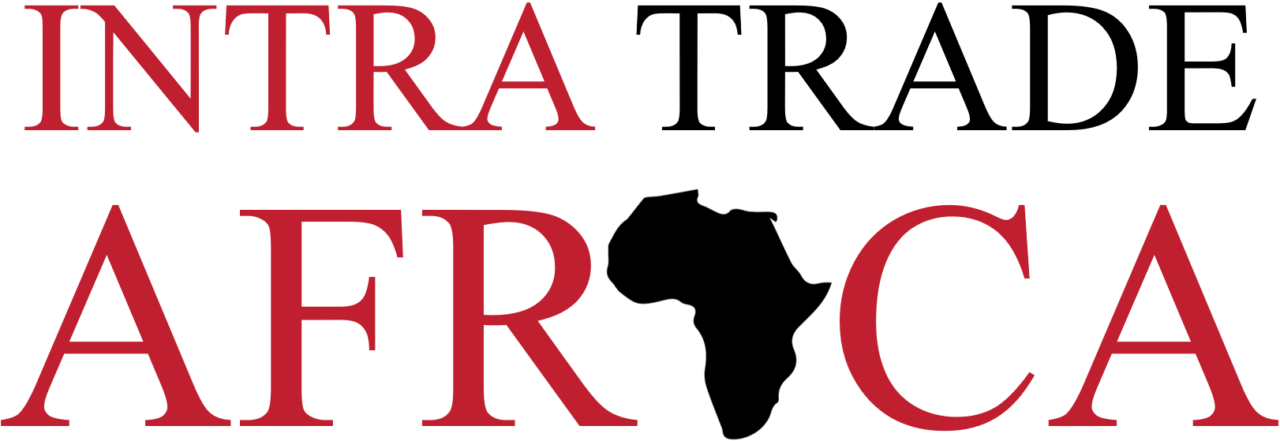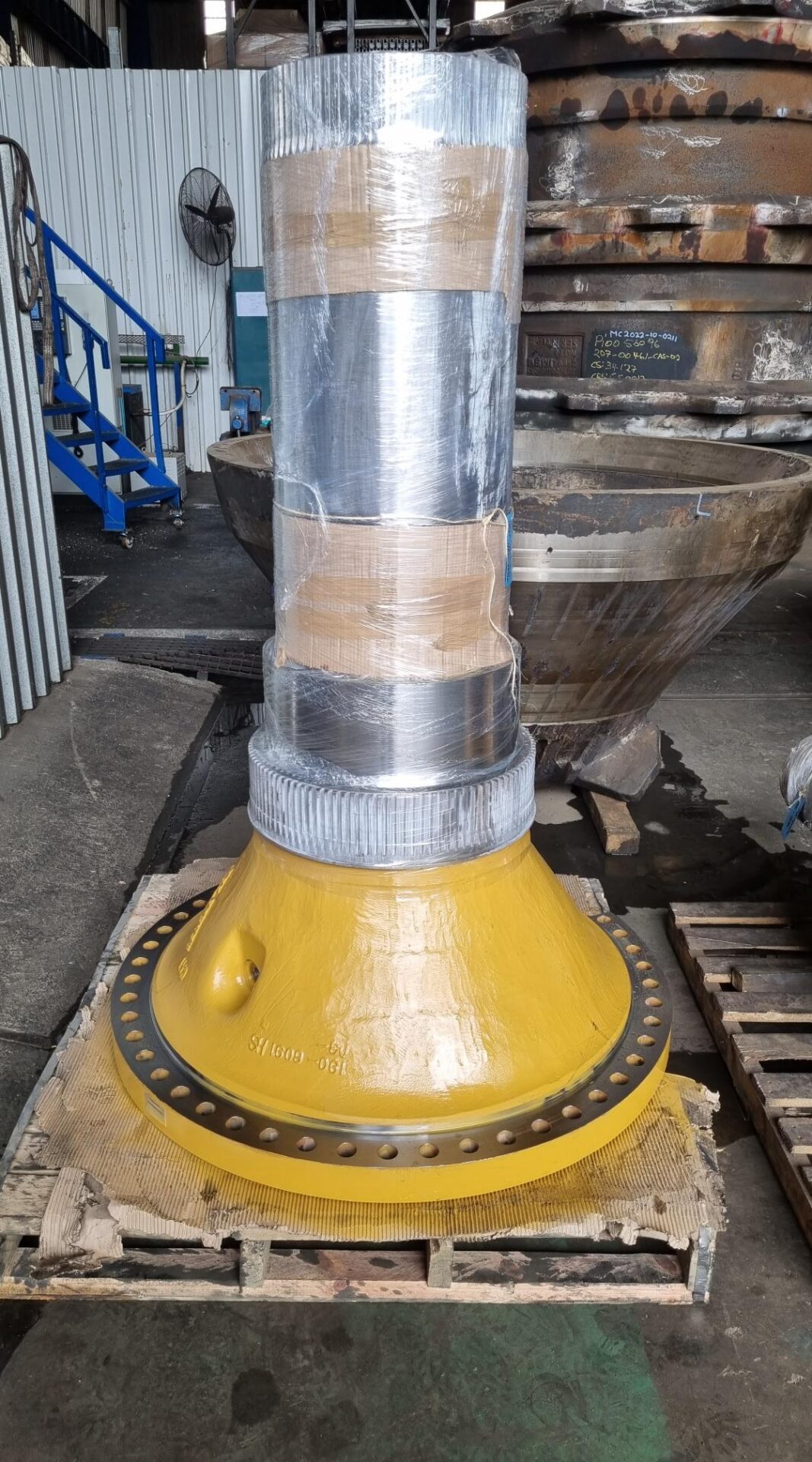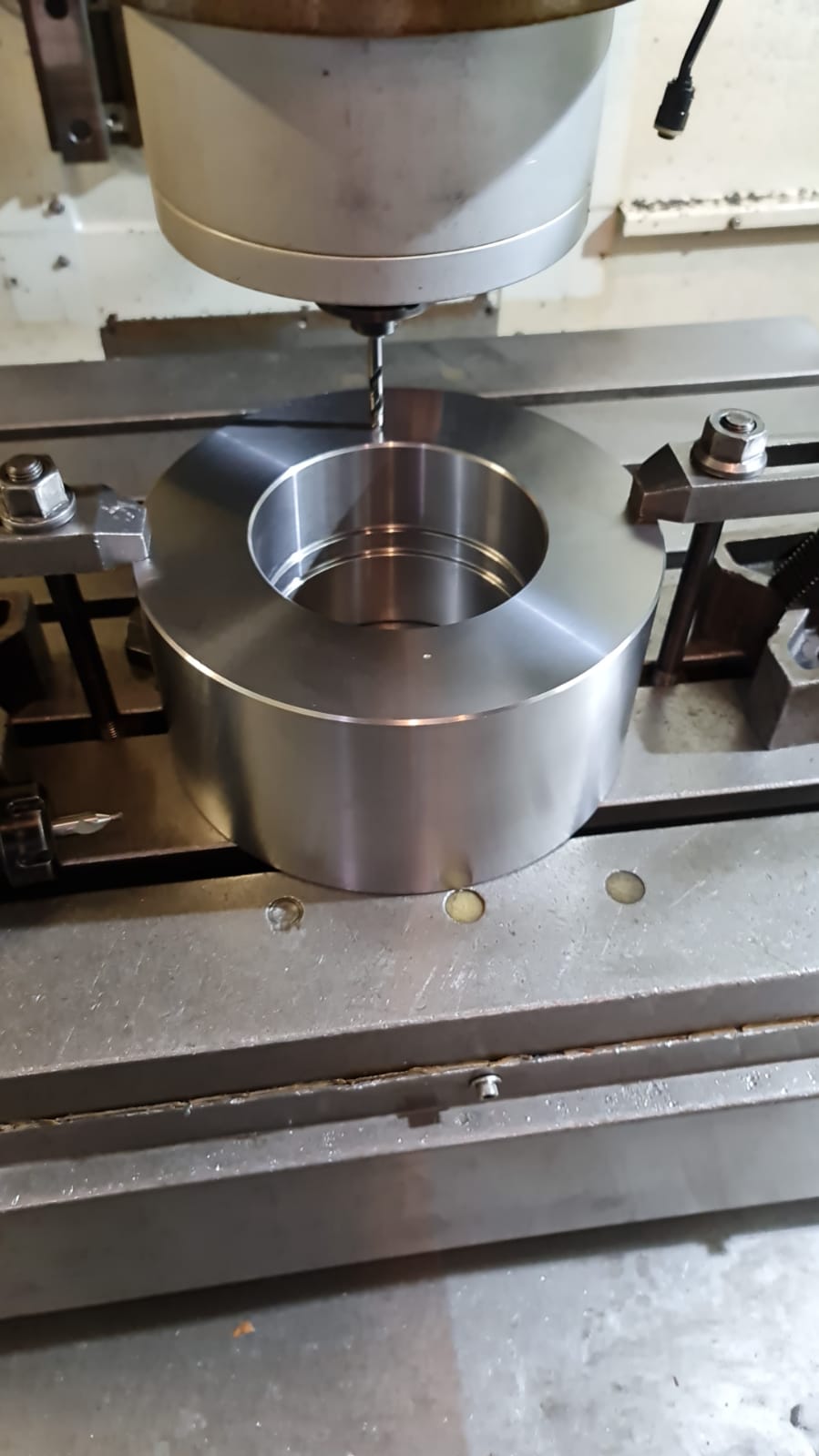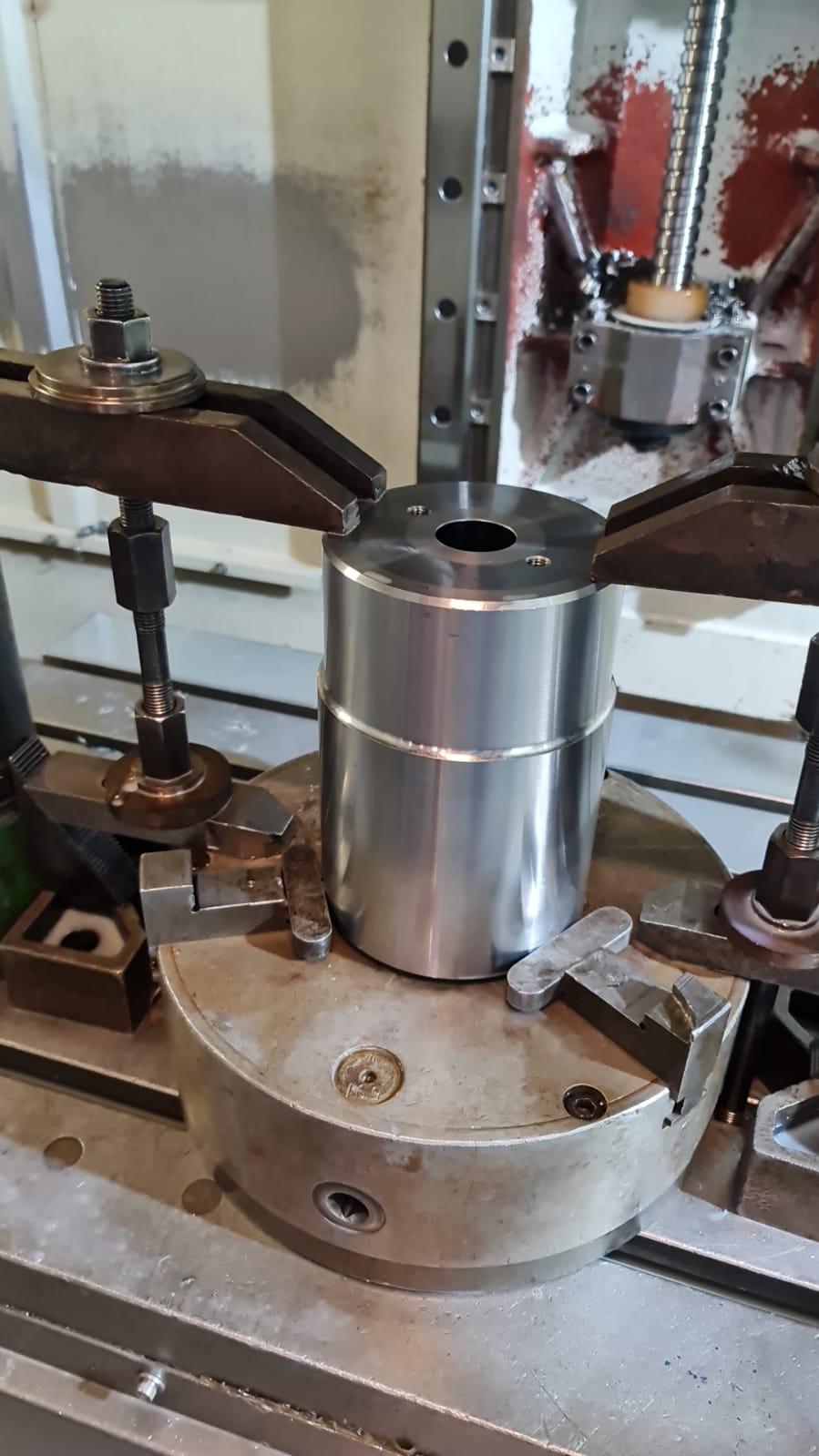Intra Trade Africa Services
Engineering Works
We offer conventional turning and milling solutions and well as CNC production work on milling, lathe and machining centres.
Thermal Spray
We offer arc spray solutions for customers on the seal and bearing journal areas and rebuild of printing and paper rolls.

CNC Machining Services
Computer Numerical Control (CNC) machining is a manufacturing process in which pre-programmed computer software dictates the movement of factory tools and machinery. The process can be used to control a range of complex machinery, from grinders and lathes to mills and CNC routers.

Arc Spray Process
Electric arc spray is a process in which two wires (various material types) are fed through a push or a push/pull feeder system into a spray gun.
The system uses DC power to energize two conductive wires (one positive and one negative). These wires then in the gun arc against each other resulting in melted material. This melted material is then transferred onto a component substrate with clean compressed air which blows through the centre of the arc of the two wires, atomizing the molten material into fine droplets. These droplets of material coming into contact with the substrate flattens and form splats. These splats form one on top of the other to form a strong mechanical bond.
Different coatings of zinc, aluminium, chrome steels, copper, bronze can be sprayed for corrosion protection, surface modification and decoration as well as for engineering reclamation.
Applications:
- Corrosion protection through zinc and aluminium coatings that are anodic to the underlying steel substrate on large steel structures (bridges, lamp posts and offshore structures.
- Reclamation of engineering components such as but not limited to journals, bearings, exhaust systems, shafts, seal areas on brake parts (brake anchors, service brake, park brakes and wheel hubs) with bronzes and steel.
- Electronic component housings with conductive coatings (copper, zinc and aluminium) for shielding from electromagnetic interference.
Characteristics:
- High coating quality.
- High deposition rate.
Advantages:
- Easy to use.
- Can spray a large variety of materials.
- Low heat input into base material.

PTA - Plasma Transferred Arc
PTA process, Plasma Transferred Arc, is a melting welding process suitable for hardfacing on mechanical workpieces subject to wear and/or corrosion with super alloy metal powders.
The powder filler metal is continuously projected on the piece through the plasma arc. The driven output of the PTA torch allows to keep the dispersion in flat below 5% and to deposit, in max efficiency conditions, beads from 1 to 4 mm and width from 3 to 30 mm.
The shape and the size of the coated layer change according to the welding parameters. The penetration control in PTA machines is obtained by varying the quantity of ionized gas and it is not conditioned by the process, unlike other arc welding systems.
The quantity of plasma gas is continuously adjustable by the operator and it is monitored by sophisticated feedback control. This is one of main features of PTA process in welding coatings, so that, in most cases, you can work with one layer only, obtaining a hardness closed to the nominal value of the alloy employed.
Applications:
- Valves for automotive, marine and petrochemical industries.
- Hydraulic cylinders.
- Industrial knives and blades Rollers and lamination rollers.
- Forging matrix dies.
- Rings, moulds and plungers for extrusion.
- Moulds and accessories for glass industry.
- Plasticizing screws.
Characteristics:
- Structural quality.
- Limited heat input to base material.
- Easy automation.
- High welding speed up to 450 mm / min.
- Cost efficient process.
Advantages:
- Excellent impact, wear and corrosion properties.
- Low dilution of overlay.
- Lower heat affected zones.
- Less chances of cracks and pinholes forming in weld.
- Low pollution.



